I'm building an ASP.NET website - it's a solution with a few projects, a data base and a web service. Everything worked fine, but last time I tried to run the project, I got the following error:
There was no endpoint listening at http://localhost:[number]/BooksWS.svc that could accept the
message. This is often caused by an incorrect address or SOAP action. See InnerException,
if present, for more details.
The inner exception says:
Unable to connect to the remote server
This error sort of came out of the blue, so I'm not sure what additional information I should provide. Does anyone have any idea why this could happen?
I suppose even a general answer could help, the only info I found about this error in the web concerned WCF.



